
|   |

|   |
 e-mail: ukb7@rediffmail.com Voice and vision of Bhakta Salbeg September 15, 2017 The 13th century celebrated Muslim poet Amir Khusrau is credited with fusing the Persian, Arabic, Turkish and Indian musical traditions of his time to create Qawwali, a form of Sufi devotional music (Qaul in Arabic meaning "utterance of the Prophet"). While his literary output has passed through oral tradition over the last eight centuries, Khusrau represents one of the first recorded Indian personages with a true multi-cultural or pluralistic identity. His famous syncretic song, Chhaap tilak sab chhini le, mote naina milai de...in raga Behag, and rendered by the greats like Nusrat Fateh Ali Khan, Abida Parveen and Rahat Fateh Ali Khan, has also been interpreted by dancers in Sufi Kathak tradition. Years later, there is another historical figure of Salbeg (or Salabega), born of a mixed marriage of a Mughal nobleman and a Brahmin window in the 17th century. The chronicler Nilamani Misra narrates the biographical events of his life, while the folkloric musical Bhakta Salbeg (1982) captures on the celluloid his times somewhat on a mythological level. Leaving the matter to more intensive historical probes for recording highlights of his true background, one fact that still stands out comprises his literary genius that has also survived the intervening four centuries of oral transition - as an adulation of Lord Jagannath; in the form of love-lyrics around the Radha-Krishna legend; ditties on Balagopal's innocent childhood capers; and even the dare-all Ninda-stuti (praise and reprimand) songs - uttered by the exasperated devotee. His bhajans have been musically set by Balkrishna Das and rendered variously by Akshaya Mohanty, Pranab Kishor Patnaik, Sikander Alam and Balkrishna Das himself. A composition of his, Aahe nila saila prabal matta varan..., is a favourite among Odissi dancers, although not many other Salbeg creations appear in the common Odissi repertoire. It is to the last point that one wishes to draw attention of the cognoscente. One wonders why bhakta Salbeg's sonorous voice on, as well as graphic visions of, the divinity - cutting across all spiritual and ritual boundaries - are given a fairly long 'pass' by the classical dance community in Odisha, though one would tend to regard him as much an icon in our fractured times as Amir Khusrau still is in the subcontinent's culture conscious and art loving milieu. One respectfully approached some gurus and senior practitioners of Odissi dance in our land with the following three queries: 1: Since Salbeg is undoubtedly Odisha's heritage figure cutting across narrow religious barriers and since his compositions are copiously sung in the holy Ratha Yatra Festival of Lord Jagannath, would you regard Salbeg as a worthy symbol of inter-denominational amity and universal peace? 2: If you do, would you like to add Odissi choreography on Salbeg compositions in your own rich choreographic repertoire? 3: Do you think there should also be a regular Salbeg Festival, where you could join other Odissi dancers, with your choreographic oeuvre, to highlight the message of tolerance and harmony of Salbeg? Reproduced below are the responses received (presented in alphabetic order) to the three queries. Aloka Kanungo, Kolkata 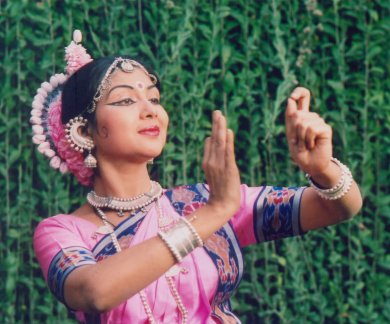 i - Certainly poet Salbeg is a heritage figure. Born to a Muslim father Lalbeg and a pious Brahmin lady, Salbeg was a great devotee of Jagannath. It seems he was well-versed in literature and the grammar of the language. Jagannath Culture embraces all the other religions. Jagannath with his brother and sister represent the three races: Negroid, Caucasian and Mongoloid. The Buddhists identify Buddha, Sangha, Dharma and Jainas find Samyak Darshana, Samyak Gyana and Samyak Charitra in the triumvirate of Lord Jagannath, Balabhadra and Subhadra. In Jagannath temple, there is no caste system; a Chandal can partake the sacred rice (abhada) with a Brahmin. Jagannath being a Vaishnava and totally vegetarian does not mind the fish offering to his consort Bimala during Durga Puja. Jagannath preaches tolerance and love for family and mankind. He comes to meet his devotees during Ratha Yatra. On one such occasion, when Salbeg was unable to reach Puri in time to see Ratha Yatra, he requested God to wait for him. Jagannath in his chariot Nandighosh waited for him. There is a Samadhi Temple at Bada danda at that particular place in the memory of Salbeg. I don't see him anything else other than as a great poet. In Odisha, Muslim and Hindus remain as a family. There is a tradition of Satyapir worship, Mogul Tamsa, which is greatly influenced by Islamic culture. There are several other traditions that bind them together. ii - Yes, I would love to add Salabega's poems to enrich my own choreography. It is not because he is a Muslim poet, but for his masterpiece creations which are very much befitting for Odissi repertoire. iii - We organise festivals, Smarana Sabhas and functions in the memory of great persons. It is the best way to pay tribute to the great souls for their contribution and also it will help the younger generation to know their work. So it will be a good idea to hold Kavi Salabega Festival. Research and regular discussion can unfold many other aspects of his unparalleled compositions. Harmony is the key word for all. If there is no harmony among our limbs, the dance will be useless. If there will be no harmony between the mind and body, we cannot generate rasa. If there is no harmony among the letters and words, there will be no poem. Salbega was a great poet. He has a special place among the Madhya Yuga Poets, also in the hearts of numerous people. He deserves a Festival in his name but not as a Muslim poet. He deserves it by his merit, not by his birth to a certain community. Aruna Mohanty, Bhubaneswar 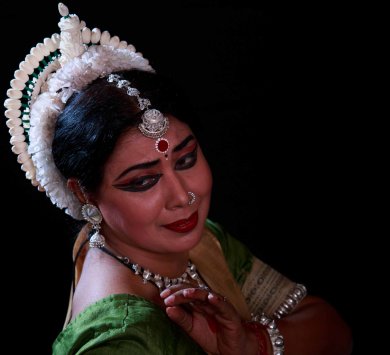 i - Salabega's devotion, surrender at the lotus feet of Jagannath, his poems, has made him and his Gatha very much integral part of Jagannath bhakti. His poems have created a niche in the hearts of millions of Odiya people and propagate Jagannath consciousness. Salabega re-establishes the concept of Satyapir worship acknowledging a peaceful co-existence of multiple faiths and beliefs in Odiya Samskriti. It proves devotion, the devotee is like a dhara, a flow, and cannot be restricted by man-made social systems and hierarchy. ii - We have been doing dance choreographies with songs written by Salabega. iii - I think there are volumes of work in terms of literature which can be used by creative people to spread the message of tolerance and harmony. We should not restrict the message highlighting tolerance and harmony to one specially-designed dance fest only. We certainly can have a festival where we can present choreographies based on this concept and Salabega's compositions can be highlighted on these occasions. Without a special festival, his Aahe nila saila... is part of every Odissi dancer's treasure house of dance items in abhinaya. Geeta Mahalik, Delhi 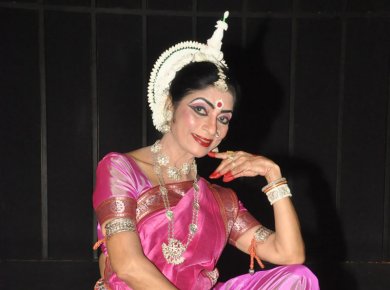 i - Yes I do agree that Salbeg was a true and worthy symbol of interdenominational amity! In spite of being a Muslim, he worshipped Lord Jagannath and wrote beautiful poems and bhajans in praise of the lord which is still popular today. Nowadays people all over the world are fighting with each other in the name of religion leading to fundamentalists and terrorism. We should keep Salbeg as an ideal to unite the world in universal peace. ii - Salbeg was an ardent devotee of lord Jagannath. His compositions are in bhakti rasa which is an intrinsic part of Odissi dance and also one of my favourites as it connects me to the Almighty. iii - I would definitely like to choreograph to his bhajans and add to my repertoire. I would love to be a part of Salbeg festival. His compositions have been an integral part of my childhood, I have sung his bhajans, sitting on my mother's lap. Ileana Citaristi, Bhubaneswar 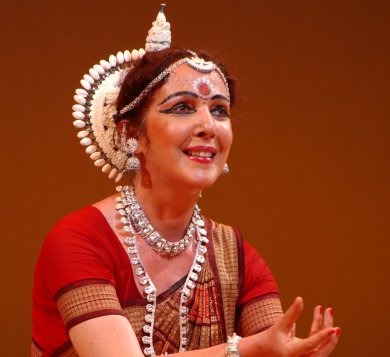 i - Yes. ii -The famous song Aahe nila saila... by Salbeg is already part of the repertoire of most of the Odissi dancers. But other songs by him also need to be explored. iii - I think all saint-poets - from Kabir to Meera to Tulsidas to Jayadeva - are messengers of peace and harmony. Salbeg is less known on the national arena and I would propose a regular festival dedicated to these saint-poets where Salbeg should also be included. Kavita Dwibedi, Delhi 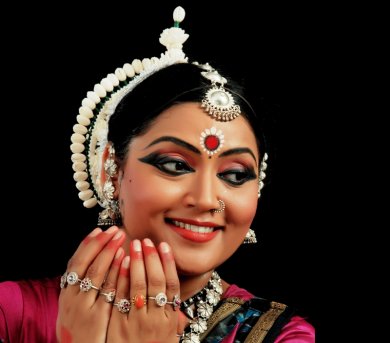 i - Yes, Salbeg is definitely a Bhakta whose compositions are sung during Ratha Yatra of Jagannath which affirms that he is a symbol of universal peace thus cutting across all the religious barriers and uniting every one through bhakti. We should take the philosophy of surrender, belief, faith, acceptance, love and peace through his songs. One must not take the religious background of the poet; rather one should take his philosophy of universality. ii - Yes, as you are aware, Salbeg's famous jannan Aahe nila saila... is the most sought after janana amongst the Odissi dancers world wide...full of compassion and devotion towards Lord Jagannath ...thus bringing out the strong rasa tatva of any dancer performing this janana...taking the rasikas and performer to a different level of the Absolute where there is surrender and acceptance of each other. Keeping all this in mind, definitely, I would like to enrich my repertoire by including in my dance performances as well as teach it to the students. I had, in fact, collected some of Salbeg's other songs and look forward to do my compositions. iii - Yes, as there is a regular item presentation on Jayadeva's Gita Govinda, Swathi Thirunal's songs, Thyagaraja songs, Meera bai, Tulsidas, Surdas, Kabir... who were all devotees and poets ...why not Salbeg? In future, definitely I will be a part of such a festival presenting my choreographic presentations thus bringing out the message of tolerance and harmony. In any case, after all, the poem (sahitya or song), music, dance... all aim for the self enlightenment....and that is what chidananda is... Kiran Segal, Delhi 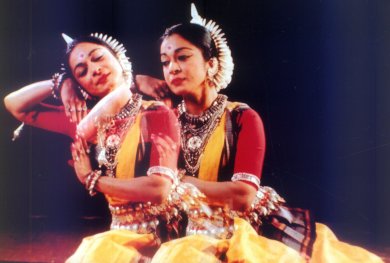 i - I don't know how you can credit his devotion to universal peace - being a Muslim; the poor man was never allowed inside the Jagannath Temple! ii - I might use some of his hymns to compose some works in Odissi. iii - There are so many festivals these days - almost one every day; so why not one on him? Ramli Ibrahim, Kuala Lumpur (Malaysia)  i, ii, iii - Definitely! I think Salbeg, like Kabir, sends the message of tolerance and harmony which is important at this juncture of time. I am delighted that you are proposing it and I am for it! Ranjana Gauhar, Delhi 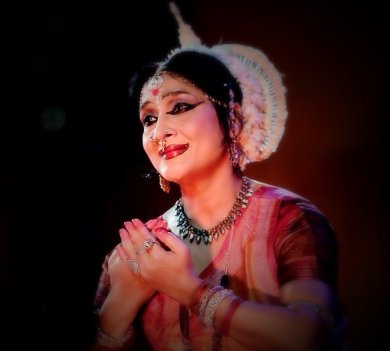 i, ii, iii - Salbeg is a unique devotee of Jagannath. Reela Hota, Delhi 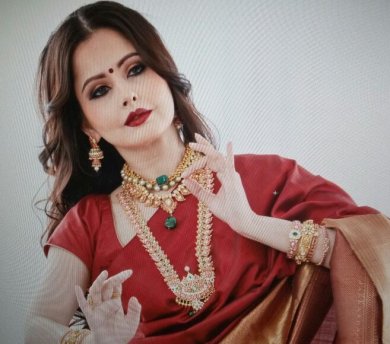 i - Yes, indeed, and I would be no exception. His devotion and saintliness had to be recognized as his body was cremated and not buried. We have grown up hearing lovely tales of seemingly miraculous blessings to him from the deity of Lord Jagannath of Puri. Because Bhakta Salabega was born of a Brahmin mother and Muslim father, he was drawn towards Hindu symbols of Godhood because of the mother's influence. He faced reactions from the orthodox Hindu community which did not deter him. On the contrary, his devotion and sattwa increased, which then was expressed through great poetry. So certainly, Bhakta Salabega would be considered a symbol of inspiration for universal peace which can only happen when there is inner peace. ii - Yes, very much. There is a very well-choreographed piece which is a part of traditional Oriya abhinaya, Aahe nila saila... iii - Yes, indeed. Spiritual masters, people who have attained a state of what Yoga states as sattwa, must be popularized. The generation of Oriyas after me has very little idea of who he was and what he represented. With world leaders, corporate heads, artists and fake spiritual leaders increasingly becoming symbols of Tamas and Rajas (violence and greed), we need to inspire the youth with messages of love, positivity, devotion and tolerance, not for the sake of others but for one's own well-being. Anger, hatred and greed are accompanied by high blood pressure, insomnia and other health-related problems. Bhakta Salabega and other true spiritual masters stand for the highest vibration and must be remembered for inspiration. Sharmila Biswas, Kolkata 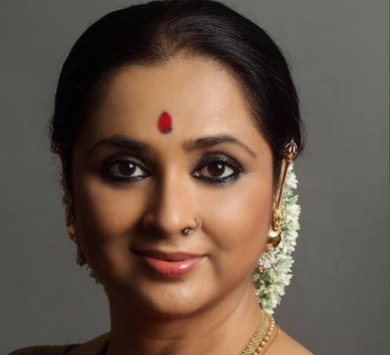 i - Salabeg happened to be a Muslim, living in Puri, who wrote janana (bhajan) on Sri Jagannath. If we can add Islamic songs written by Hindu poets, and practised by Hindu/Muslim/Christian artistes, and many other inter-cultural, inter-religious activities, then it would be big enough. ii - Guru Kelucharan Mohapatra has composed dance on his most popular song Aahe nila saila..., widely practiced by him, Sanjukta Panigrahi and others. If I find a composition which inspires me, I will. Just the Hindu-Muslim issue, that too one-sided, does not interest me. iii - The concept of tolerance and harmony should not be narrowed down to religions. If there has to be a festival, it should have a much larger perspective - communal, racial, man and environment, man and other living creatures, current education and its lack of connection with Indian culture, etc. Sharon Lowen, Delhi 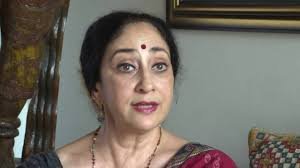 i, ii, iii - I was waiting for some feelers to know more details of his other poetry besides Aahe nila saila... to see if there were pieces I would like to choreograph. I have not got a response, but I would say yes to all 3 queries, as I only choreograph new work for particular occasions or places, and this would definitely be one. The survey, confined to 11 Odissi exponents, has elicited the above responses so far and reveals an agreement, on the whole, although some appear muted. The musical heritage of the cosmopolitan bhakta poet Salbeg - so happily recognized in Puri's prime Ratha Yatra festival - perhaps awaits a more enthusiastic resonance among the established Odissi dance cognoscente than has been observed as yet, to bring home his genuine message of tolerance and harmony in our fractured times.  Dr. Utpal K Banerjee is a scholar-commentator on performing arts over last four decades. He has authored 23 books on Indian art and culture, and 10 on Tagore studies. He served IGNCA as National Project Director, was a Tagore Research Scholar and is recipient of Padma Shri. Comments * I have had the blessed fortune of watching Guru Kelucharan Mohapatra perform this - should I say RELIVE the bhakti - of this saint in NCPA Bombay? Months before he passed? I wept at the end of this piece. He BECAME Salbeg. He EMBODIED bhakti. The dancer, his subject the dance, were one. Today is the anniversary of his passing. The Lord is fortunate to have Guruji in His abode! - Urmila (April 7, 2023) * This is such an informative post and it is thoroughly reassuring to see the responses regarding bhakti poet, Salabega. His "ahe nila saila" remains a personal favourite, a song that moves me deeply and I would be happy to discuss a research paper I wrote on his poetry for an MPhil course at DU. Thank you for this post. - Sonali Pattnaik (May 11, 2020) Post your comments Please provide your name and email id when you use the Anonymous profile in the blog to post a comment. All appropriate comments posted with name & email id in the blog will also be featured in the site. |